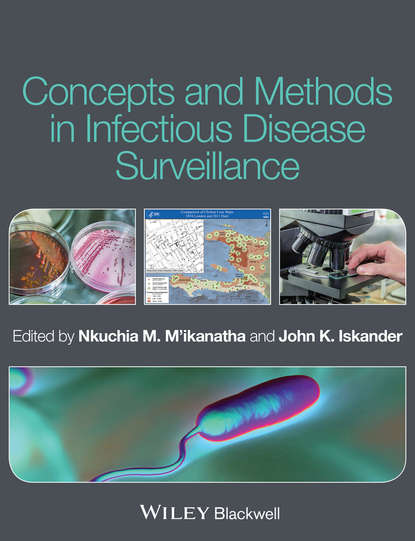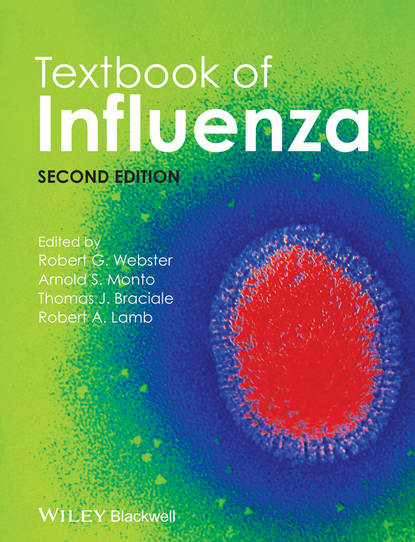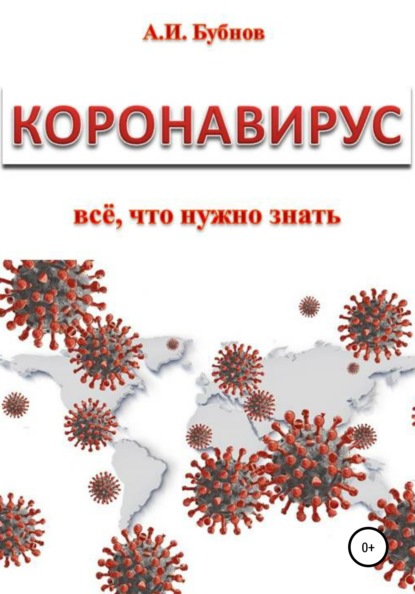Книга "Понятия и методы в наблюдении за инфекционными заболеваниями" описывает эволюцию наблюдения за инфекционными заболеваниями в течение нескольких последних десятилетий и ее продолжающееся развитие. Это стало не только инструментом раннего выявления эпидемий, но и важным элементом практики общественного здравоохранения. Поэтому студенты общественного здравоохранения и эпидемиологии должны иметь четкое понимание концепций и принципов, лежащих в основе современного наблюдения за инфекционными заболеваниями. Авторами книги являются лидеры в этой области, имеющие обширный практический опыт в проведении наблюдения и преподавании прикладного общественного здравоохранения. Книга состоит из четырех разделов. Первый раздел представляет обзор, описание систем, используемых общественными здравоохранительными учреждениями в США, и юридических аспектов наблюдения. Второй раздел посвящен мониторингу основных заболеваний или заболеваний, специфичных для программы, включая инфекции, вызванные бактериями, заболевания, передаваемые пищей, инфекции, связанные с оказанием медицинской помощи, и ВИЧ/СПИД. Следующий раздел посвящен методам проведения наблюдения и подходам к анализу данных. Заключительный раздел подводит итоги коммуникации результатов наблюдения, включая использование традиционных и социальных медиа, а также демонстрирует уроки, извлеченные из опыта департамента здравоохранения города Нью-Йорк в области наблюдения и эпидемиологической подготовки. Эта всесторонняя новая книга охватывает основные темы на начальном и среднем уровнях и будет отличным ресурсом для преподавателей. Книга подходит для использования в курсах магистратуры по общественному здравоохранению, человеческой и ветеринарной медицине, а также в программе бакалавриата в области общественного здоровья. "Понятия и методы в наблюдении за инфекционными заболеваниями" также является полезным вводным пособием для практикующих в области общественного здравоохранения, эпидемиологов больницы, практикующих контроля за инфекцией, лабораторных работников в области общественного здравоохранения, исследователей инфекционных заболеваний и медицинских и общественных информатиков, заинтересованных в кратком обзоре наблюдения за инфекционными заболеваниями.
Disease surveillance in infectious diseases has evolved rapidly over the past few decades and continues to evolve. It plays a crucial role in providing information for public health practices, however can also be a powerful tool for the early detection of an epidemic. As scholars of public health know the methods and principles are essential for modern disease surveillance practices. In this work, written by leaders of this field who are experts in disease surveillance and public health education, "Concepts and Methods of Infectious Disease Surveillance" consists of four parts. The first part deals with an overview of different systems utilized by different jurisdictions, legal implications for disease surveillance, and how these were handled in the US. The form of individual subjects—studying many different program-main or specific-disease-based disease surveillance systems is the second grouping. Bacterial infections are examined, followed by diseases with foodborne agents, healthcare-related infections, as well as HIV and AIDS. Drawing methods for doing surveillance while demonstrating approaches for analyzing data is given in the third grouping part. Finally, in the last grouping, we find summaries on ways to spread results of disease surveillance in publications and through social media platforms, as well shows on the experiences gained in the New York Department of Health's training and solid foundations in disease surveillance education. Authors introduce major issues ranging from introductory and intermediate levels, making this book an essential resource for teachers.
Электронная Книга «Concepts and Methods in Infectious Disease Surveillance» написана автором Группа авторов в году.
Минимальный возраст читателя: 0
Язык: Английский
ISBN: 9781118928622
Описание книги от Группа авторов
Infectious disease surveillance has evolved at an extraordinary pace during the past several decades, and continues to do so. It is increasingly used to inform public health practice in addition to its use as a tool for early detection of epidemics. It is therefore crucial that students of public health and epidemiology have a sound understanding of the concepts and principles that underpin modern surveillance of infectious disease. Written by leaders in the field, who have vast hands-on experience in conducting surveillance and teaching applied public health, Concepts and Methods in Infectious Disease Surveillance is comprised of four sections. The first section provides an overview, a description of systems used by public health jurisdictions in the United States and legal considerations for surveillance. The second section presents chapters on major program-area or disease-specific surveillance systems, including those that monitor bacterial infections, foodborne diseases, healthcare-associated infections, and HIV/AIDS. The following section is devoted to methods for conducting surveillance and also approaches for data analysis. A concluding section summarizes communication of surveillance findings, including the use of traditional and social media, in addition to showcasing lessons learned from the New York City Department of Health’s experience in surveillance and epidemiology training. This comprehensive new book covers major topics at an introductory to intermediate level, and will be an excellent resource for instructors. Suitable for use in graduate level courses in public health, human and veterinary medicine, and in undergraduate programs in public-health-oriented disciplines, Concepts and Methods in Infectious Disease Surveillance is also a useful primer for frontline public health practitioners, hospital epidemiologists, infection control practitioners, laboratorians in public health settings, infectious disease researchers, and medical and public health informaticians interested in a concise overview of infectious disease surveillance.



















